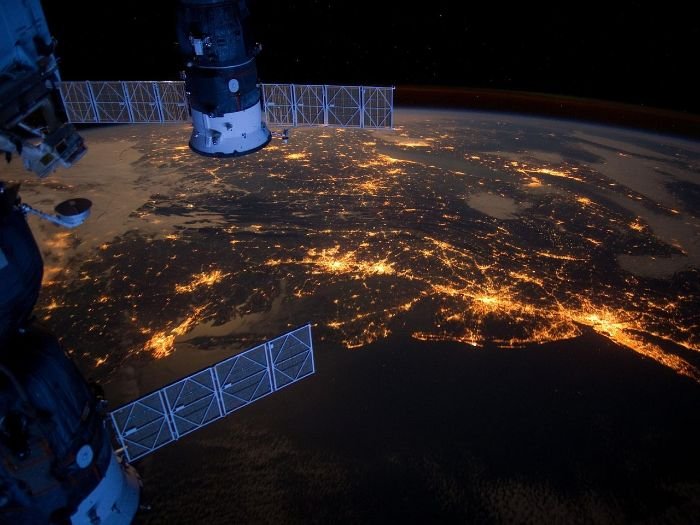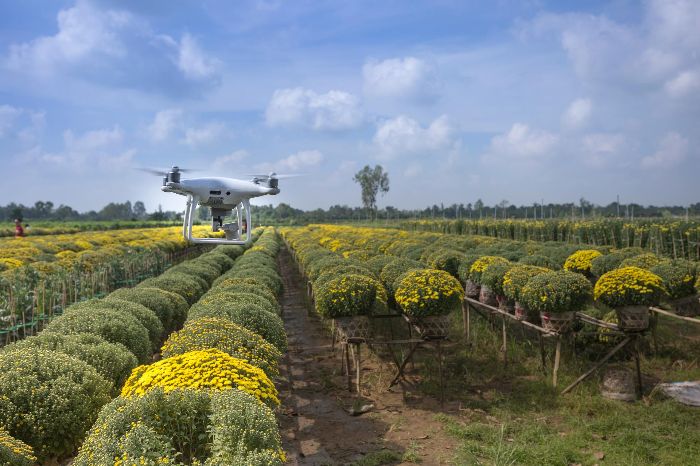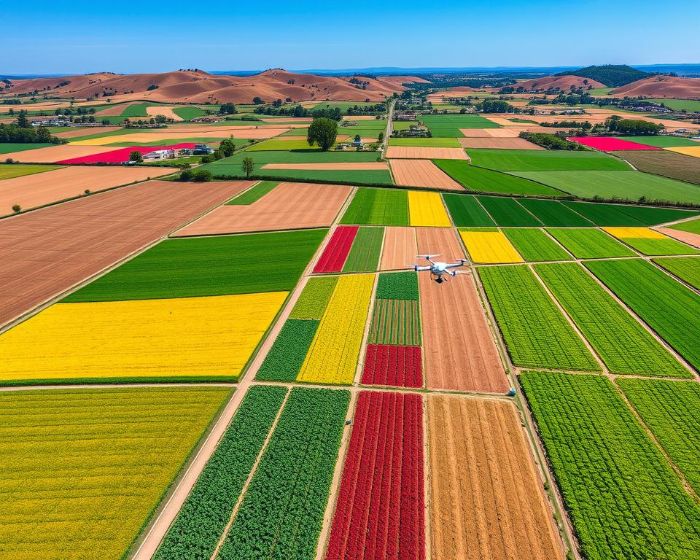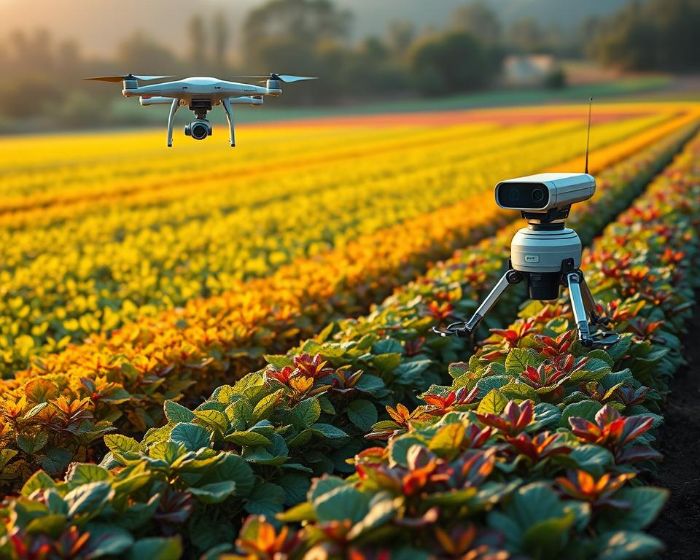How can satellite data change how we see farms and improve crop forecasts? Today, using satellite tech in farming is key. It helps meet global food needs and tackles environmental issues.
This article explores how satellite data helps with crop checks and forecasts. It’s all about making farming more sustainable.
Key Takeaways
- Satellite data plays a critical role in enhancing crop forecasting accuracy.
- Advanced agricultural technology harnesses imagery to improve resource management.
- Precision agriculture benefits significantly from continuous satellite monitoring.
- Sustainable practices are bolstered by insights derived from satellite data.
- Integrating satellite technology addresses challenges in food security.
- Real-time data facilitates proactive decision-making for farmers.
Table of Contents
The Role of Satellite Imagery in Modern Agriculture
Satellite imagery is key in changing how we farm. It gives farmers the tools to care for their crops better. This tech shows detailed views of farms, helping farmers make smart choices and use resources wisely.
As satellite tech gets better, farming gets a big boost from real-time, accurate data.
Understanding Satellite Technology and Its Agricultural Applications
Many satellite technologies help with farming in different ways. For example, NASA’s Landsat and the European Space Agency’s Sentinel give insights into land and crop health. They track soil moisture, vegetation, and more from space.
This info helps farmers plan when to plant, water, and add nutrients to their crops.
How Satellite Data Enhances Crop Forecasting Accuracy
Satellite data makes crop forecasts more accurate. By looking at things like the Normalized Difference Vegetation Index (NDVI), farmers can see how crops are doing. This helps them spot problems early and fix them fast.
High-resolution images from satellites also help farmers use their land better. This leads to more food being grown.
Key Benefits of Using Satellite Data for Crop Forecasting
Today, farmers use satellite data to check crop health and guess yields. This method uses advanced images for better crop checks. It helps farmers grow more and use resources wisely.
Precision in Assessing Crop Health and Growth Stages
Satellite tech lets farmers see how plants are doing through indicators like NDVI. This helps track growth stages accurately. Farmers can then focus on areas that need help, saving resources.
Early Detection of Crop Stress and Yield Prediction
Satellite data finds crop problems early, like drought or pests. This lets farmers fix issues fast, saving crops. Studies show yields go up by 12% with satellite help. This makes planning and farming more efficient.
Techniques for Analyzing Satellite Data in Agriculture
Looking at satellite data is key in farming today. It helps farmers make better choices and manage crops better. Remote sensing lets farmers know exactly what crops they have and how much land they cover. This helps them understand their fields better.
When satellite data is mixed with ground measurements, models get more accurate. These models help farmers know more about the soil and crops.
Remote Sensing for Crop Classification and Area Estimation
Remote sensing gives farmers important information about their fields. Satellites take high-resolution pictures that help farmers sort out crops and figure out how much land they use. This helps farmers know what crops they have, how they’re growing, and how much they might get.
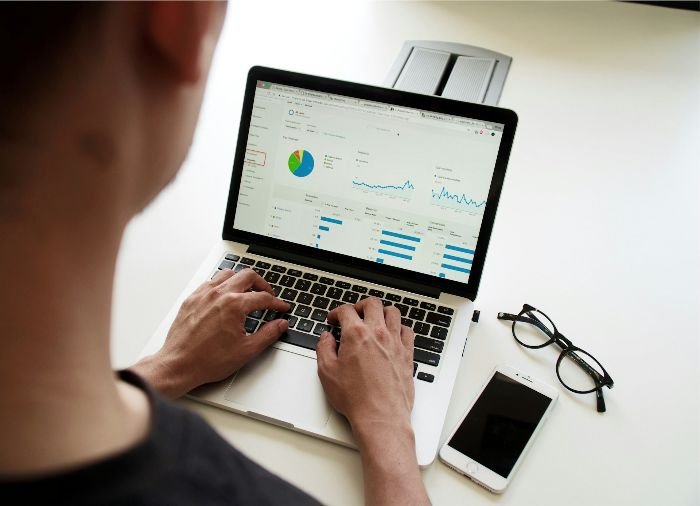
It also helps farmers see their big farms better. This makes it easier to plan and use resources wisely.
Leveraging Vegetation Indices for Crop Monitoring
Vegetation indices, like the Normalized Difference Vegetation Index (NDVI), are key for watching crops. They let farmers check how plants are doing in real-time. This way, farmers can help their crops when they need it most.
This method makes farming more efficient. It also makes sure farmers use the right amount of resources for their crops. In the end, it helps crops grow better and makes farm management better too.
Practical Applications of Satellite Data in Crop Management
Satellite data has changed crop management a lot. It helps farmers make better choices to grow more and lose less. Looking at case studies and disaster responses shows how big of a difference satellite tech makes in farming.
Case Studies of Satellite Data Improving Farming Decisions
NASA Harvest is a great example. They use satellite images to make crop maps and forecasts. These case studies show how data helps farmers make smarter choices. For example:
- Farmers can plan when to plant based on weather forecasts.
- It helps governments and NGOs know how crops are doing.
- Knowing how much will be harvested helps with planning.
Satellite Data in Disaster Response and Crop Loss Mitigation
When disasters hit, satellite data is key for farmers. It helps in:
- Finding out how bad floods or droughts are for crops.
- Helping farmers protect their land quickly.
- Guiding recovery efforts by showing what’s affected.
Challenges in Integrating Satellite Data for Crop Forecasting
Using satellite data in farming has big benefits. But, many farmers face big hurdles. These include poor data quality, access issues, and high costs.
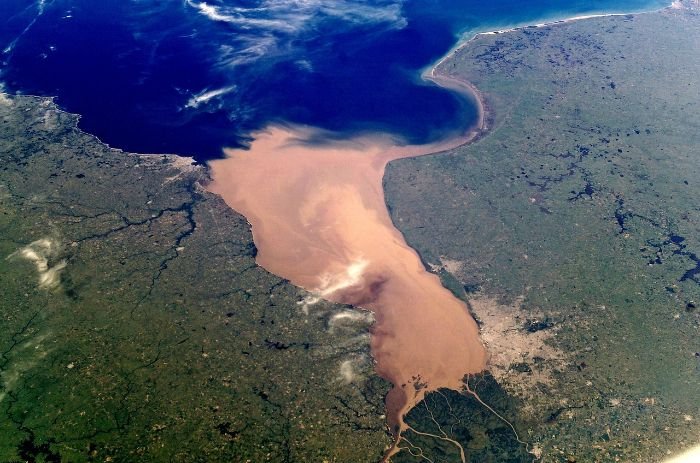
Overcoming Limitations in Data Resolution and Access
Many times, the satellite images are not clear enough. This makes it hard for small farmers to get the data they need. Without good data, farmers struggle to make smart choices about their crops.
Addressing the Cost and Technical Barriers for Farmers
Getting good satellite data is expensive. This is a big problem for small farms. They also need help understanding the data, which adds to the challenge. Helping farmers with money and skills can make a big difference.
The Future of Satellite Data in Agriculture
Agriculture is changing fast, thanks to new tech. Satellite tech is playing a big role in this change. It helps farmers check on crops quickly and accurately.
Innovations in Satellite Technology for Real-Time Crop Insights
Now, farmers get real-time info on their crops. Thanks to better satellite tech, they can see more details than before. This lets them act fast to improve their crops.
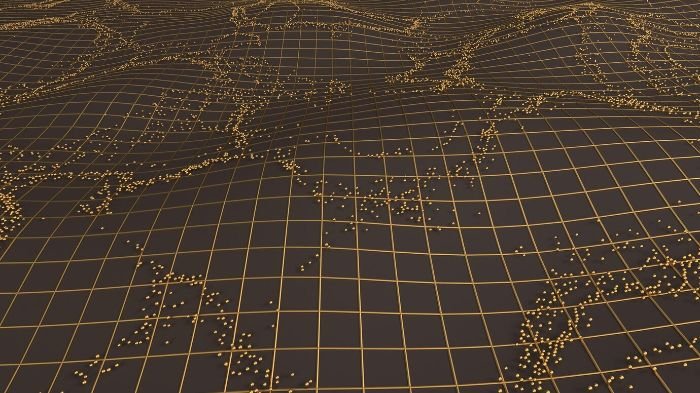
They can see how wet the soil is, what nutrients are needed, and even pests. This helps them make better choices. It leads to more food and a more efficient way of farming.
The Integration of Satellite Data with AI for Predictive Farming
Using satellite data and AI is a big step forward. AI looks at lots of data from satellites to predict what will happen. This helps farmers plan ahead and make smart choices.
AI lets farmers try out different plans to see what works best. This helps them deal with climate change and makes farming stronger.
Conclusion
Satellite data is changing farming for the better. It gives farmers new ways to grow crops and take care of the land. With the help of artificial intelligence, farmers can make smart choices fast.
But, there are still problems like getting good data and paying for it. Yet, the good things satellite data does are worth it. It helps farmers grow more food, keep crops healthy, and deal with disasters better.
For farming to get even better, everyone needs to work together. This means tech companies, farmers, and government groups. Together, they can make sure satellite data helps farming grow in a good way.
FAQ
What is satellite data, and how is it used in agriculture?
Satellite data comes from satellites around Earth. It helps farmers check crop health and soil moisture. It also helps with land use, improving how we manage crops and resources.
How does satellite imagery improve crop forecasting accuracy?
Satellite images help farmers see how crops are doing. They use special indexes to spot problems early. This lets farmers act fast to help their crops.
What are the key benefits of utilizing satellite data for crop monitoring?
Using satellite data helps farmers grow more crops. It helps them use resources better and manage farming well. It also lets them find and fix crop problems early.
What techniques are used for analyzing satellite data in agricultural practices?
Farmers use remote sensing to classify and measure crops. They also use special indexes to keep an eye on crops. Mixing satellite data with ground data makes it even more accurate.
What challenges exist in integrating satellite data into everyday farming practices?
Integrating satellite data is hard for small farmers due to data quality and cost. There are also technical barriers that make it hard to use.






